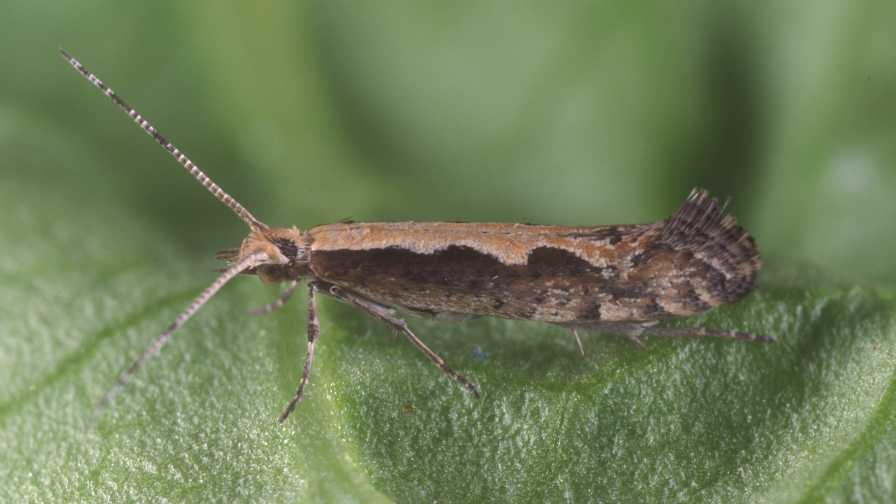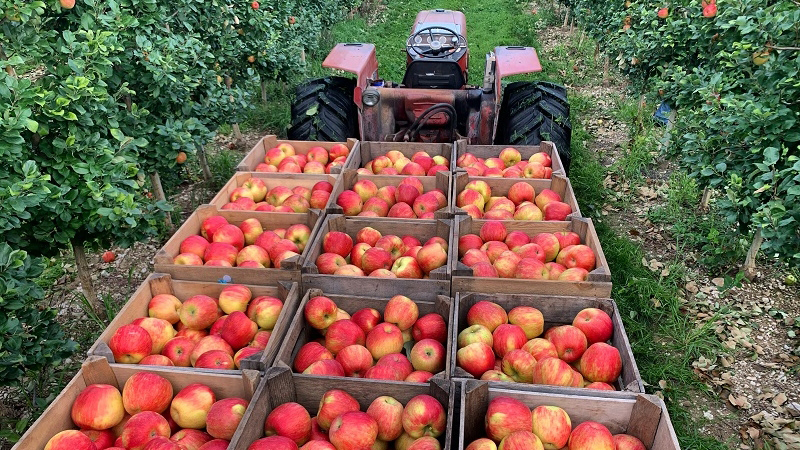Can Genetic Engineering Put an End to Diamondback Moth Plague?

Adult diamondback moth. Photo by Lyle Buss
The diamondback moth (DBM) is a pest of epic proportions to farmers worldwide. Growers of cabbage and collard crops know this all too well. Controlling the notorious DBM has become more difficult in recent times with incidence of pesticide resistance increasing. With that, the search for viable management continues to expand. For the last two years, Cornell scientists have been working with British-based biotech company Oxitec and testing its self-limiting gene capabilities on DBM in a protected environment. The team at Cornell has been waiting for a go-ahead from USDA to take the experiment out from behind closed doors and into one if its cabbage fields in Upstate New York. It looks like the wait is over.
USDA’s Animal and Plant Health Inspection Service (APHIS) has officially announced the availability of a final environmental assessment and finding of no significant impact and will concurrently issue a permit for the field release of a genetically engineered DBM.
The pest moths are genetically engineered for repressible female lethality and to express red fluorescence as a marker. The purpose of the field release is to assess the feasibility and efficacy of these moths in reducing populations of DBM. Based on the finding of no significant impact, APHIS has determined that an environmental impact statement need not be prepared.
Notice of these actions will be published in the Federal Register.
The Northeast Organic Farming Association of New York (NOFA-NY) has since released a statement denouncing USDA’s decision. A portion of the statement reads as follows: “NOFA-NY considers the release of a novel genetically engineered organism to be a major activity with potentially significant and heretofore unknown health and environmental effects,” said NOFA-NY Policy Advisor Liana Hoodes. “It is now up to New York State Department of Environmental Conservation (DEC) to ensure the safety of its citizens before granting the necessary state permit. We call on the NYS DEC to require a full environmental impact statement and public hearings during a complete review under State Environmental Quality Review Act.”









